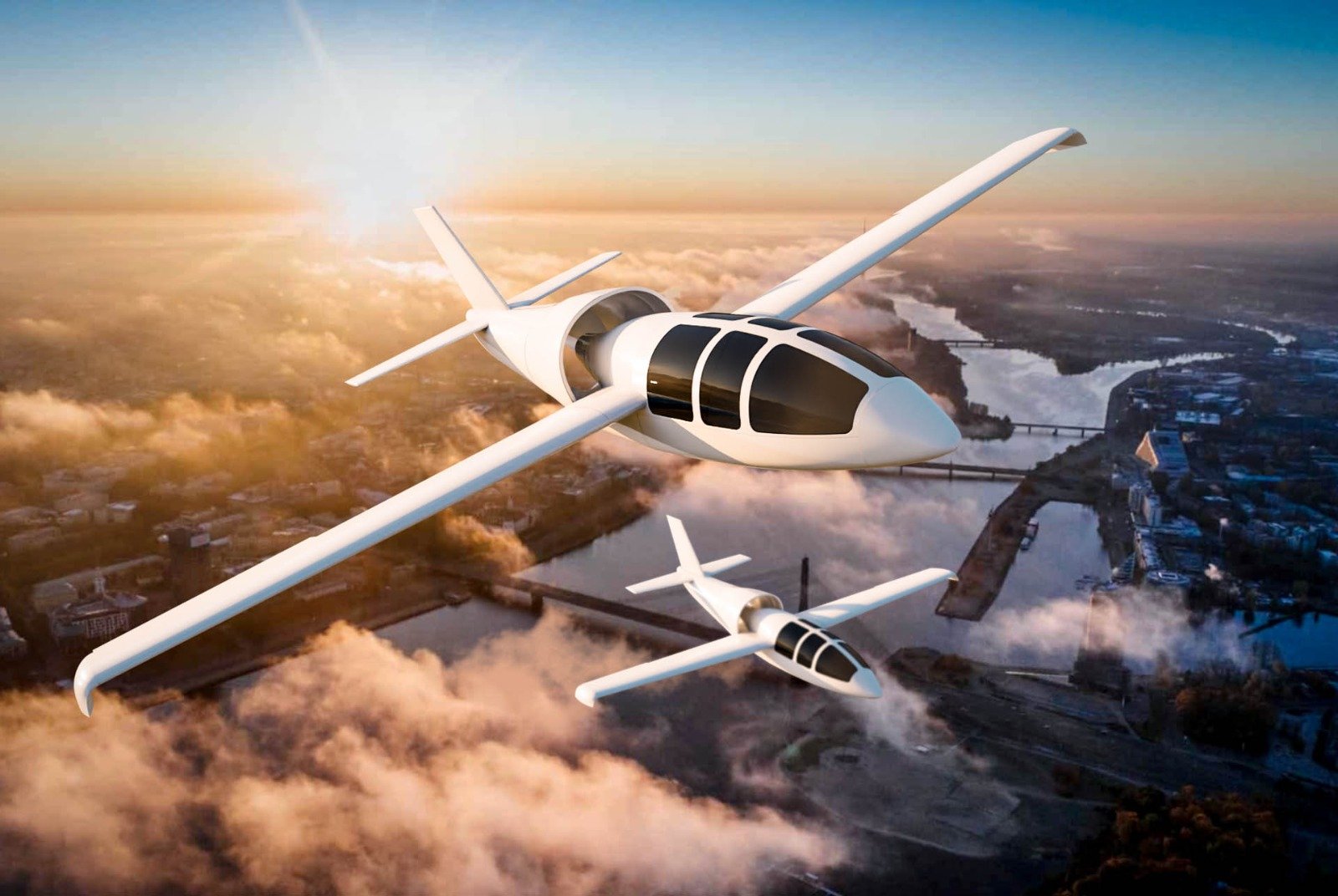Click Here to View This Page on Production Frontend
Click Here to Export Node Content
Click Here to View Printer-Friendly Version (Raw Backend)
Note: front-end display has links to styled print versions.
Content Node ID: 419998
Cormorant Seaplanes has entered the competition to reinvent amphibious aircraft for the 21st century. Its planned seven-passenger model will feature hybrid-electric propulsion, but more unusually may be largely built from wood, which the Dutch company describes as “nature’s original, renewable, composite material.”
In March, Cormorant started refining the preliminary design with the University of Glasgow and German aerospace engineering company Leichtwerk, which is an EASA-approved Part 21J design organization. Working through the Sustainable Aviation Test Environment project, based in Scotland’s Orkney Islands, Cormorant is also sharing in a £1.7 million ($2.1 million) funding pot from the UK Research and Innovation organization along with eVTOL aircraft developer ARC Aero Systems and airship manufacturer Hybrid Air Vehicles. Phase 2 of this work, which started in July 2022, is based at the test center at Kirkwall Airport.
Managing director Chris Rijff told FutureFlight he has already made a full-scale wooden mock-up of the new seaplane, using his carpentry skills and a computer numerical control machine. His team started to consider using wood with a view to making a more environmentally sustainable aircraft. Discussions are underway with a Dutch producer of sustainable, harvested, high-quality, aviation-grade Sitka spruce from its natural habitat on Canada's Pacific coast.
Working with engineers from Robert Gordon University in Aberdeen, Scotland, Cormorant is looking into the potential to improve tensile strength by layering wood and carbon fiber. It also has a partnership with Hoffmann Propeller in Germany, which has expertise in wooden propeller design and manufacturing.
Cormorant is seeking to determine how much of the airframe and wings might be made from wood and how practical it might be for series production. It believes that the biodegradable qualities of wood mean that it will have a lower end-of-service-life environmental impact and also that the material has inherently superior fatigue-resistant qualities.
Expanding the Market for Sustainable Amphibious Aircraft
Rijff has been studying the market for seaplanes since the 1990s. Historically, most of the demand has been in North America, but now some new manufacturers, such as Jekta, see the potential to expand the role of amphibious aircraft in other parts of the world that require more efficient connections along coasts and rivers.
“There are lots of outdated floatplanes around, and we needed to design a safer aircraft with better performance,” Rijff commented. “We designed the floats out of the aircraft and this weight saving allowed for two additional passengers so that we could have six or seven passengers [in addition to a pilot] rather than only five.”
Frank Kaiser, with aerospace design and certification specialist ADSE Consulting and Engineering, is acting as Cormorant's head of certification. He said the team is evaluating the possible use of ducted fans for an electric propulsion system powered by a turbogenerator running on sustainable aviation fuel. ADSE has previously supported eVTOL aircraft developer Lilium.
Cormorant is considering the selection of more partners and plans to discuss performance requirements with potential operators that could include regional airlines, rideshare services, and logistics operations. Depending on how the flow of funding develops, Rijff believes it could take another five or six years to get a fully certified aircraft to market. “The wooden mock-up in our workshop is so strong that we could use it for both land and water testing; it’s more or less a proof of concept,” he explained.
